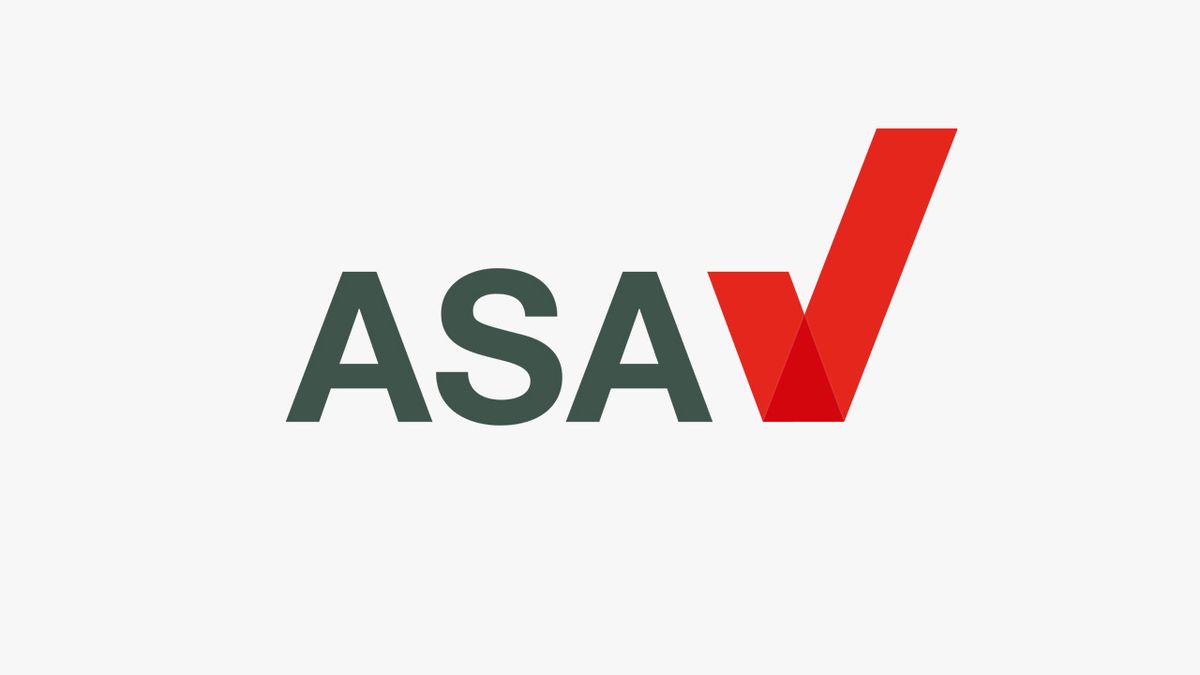The Advertising Standards Authority (ASA), the UK's self-regulatory organisation of the advertising industry, has updated its ‘Influencer’s guide’ to help influencers stick to the rules by making clear when their content is advertising.
After receiving feedback from its key industry stakeholders, it has slightly renovated the details within its influencer handbook: ‘Influencer’s guide to making clear that ads are ads’.
The ASA explained in a statement that the best practice guide was created to provide a good understanding of the rules and how to follow them for the benefit of the audience and the wider influencer marketing industry.
Originally published in 2018, the newest third edition of the guide has been developed for 2023, in collaboration with the Competition and Markets Authority (CMA).
In summary, it includes the necessities and rules for all influencers to follow in order to abide by ASA guidelines, such as when content should be disclosed, advice on affiliate marketing, and how to make it clear when ads are ads.
What are the biggest changes?
The updated guidance suggests that ‘AD’ is still king and must be used for all declarations to make it obvious when an advertisement is an advertisement.
These changes mean that the ‘AD’ disclosure needs to be made with all the following:
- Paid partnerships
- Gifted experiences or products
- Ambassadorships (including unpaid)
- Affiliate links
- Creator-owned products (including filters, events, gigs)
- Where they are commercially connected to a brand (shareholder, director, owner) as well as brands with personal connections such as friends and family
And not only do these ‘AD’ disclosures need to happen throughout the duration of the relationship, they also need to be made for the following 12 months.
There is a clear reinforcement for the ‘AD’ label to be prominent, and not buried within the hashtags or at the end of the caption.
Creators have also been given the green light to use words in their descriptions after ‘AD’ in order to make it clearer to their audiences that a piece of content is in fact an advertisement.
However, the ASA has also discouraged the use of certain terms and words instead of ‘AD’, as the average consumer is considered unable to understand them. Such words include ‘afflink’ and ‘af’, shortened terms for affiliate links, and even the word ‘affiliate’ itself has been added to that list.
The industry reacts
Melanie Kentish, Managing Partner at Gleam Futures, believes that, whilst at first the latest updates may not seem a massive step change from the ASA, the implications on the creator economy are huge.
Although Kentish agrees it’s of the utmost importance that social media users are clearly able to identify when a creator-promoted product or service is being recommended to them, she thinks it will now be much harder for the public to determine the nature of an influencer’s relationship with the brand.
She explains her initial thoughts further, “The result of this is that you will start to see ‘AD’ appearing on most influencer content, which in turn will lose the relevance of the disclosure. Being friends with a small business owner, for example, and wanting to share their product online without payment or incentive is not the same as being in a paid partnership where editorial is controlled and approved.”
Kentish believes these new updates will bring major changes to the influencer marketing industry. She continues, “Creators are very aware of the relationships that they have with their audience and maintaining their independence and authenticity is key. Therefore, they will not want every post to appear as though it’s being paid for when that’s quite clearly not the case.”
“As a result, I think you’ll see fewer creators taking non-paid ambassadorships, gifting, and experiences as they will want to reduce the amount of ‘ADs’ appearing on their feeds.
However, Kentish supports the ASA in encouraging creators to disclose accordingly when promoting their own product or brand, saying “it’s only right as they will be financially benefiting from the social promotion.”
The ASA’s updates come shortly after its latest rulings against influencer Sophie Hinchliffe, better known as Mrs Hinch, after she failed to disclose that she was promoting her own products in an advertisement on Instagram.
However, this ruling didn’t come without backlash, as the influencer marketing industry called for the ASA to “keep up with the times” as the space becomes increasingly nuanced due to the rise in creator-owned brands.
Beth Truss, Affiliate Specialist and Digital Creator, agrees that the industry’s regulators are failing to keep up. She says, “Our last update to the ASA guidelines was in January 2020 and it’s taken over 3 years to get any update.”
“I wish they were much more black and white on what is required. So for example, rather than providing a list of words we shouldn’t use, just share more on what we should.”
Truss can also see the other side to the story, though, explaining how creators can sometimes “play dumb” and pretend the guidelines don’t exist. She states matter-of-factly, “If you are prepared to make money in the industry, you should be prepared to read and understand the regulations.”
Consumer transparency is key
The influencer marketing space has evolved rapidly in the last few years alone, with 93% of marketers now having used influencer marketing in their strategies at some point.
With such growth comes huge changes in the space, and Kentish believes there is a greater need for nuance when creators promote their own branded products.
She details her thoughts, “For example, if a creator is doing a piece to camera talking about how amazing a product is that they happened to produce, I would expect them to disclose. However, if they happen to have some of their own products around the house – I don’t feel the requirement would be the same.”
“The creator has made the product in the first place as it’s an expression of their individualism – which will likely fit their aesthetic and therefore it’s only to be expected that they would want to use it if they believe in it.”
Although creators may not be paying themselves for promoting their own product lines or companies, Kentish suggests they will still be “financially benefiting from any traction gained from their social posts.”
“I’m a great believer that we should be making things as transparent as possible for consumers so that they can make informed decisions, which is why I also believe that a blanket disclosure is so harmful.”
Whilst it would seem only natural for a creator to want to push their own products and for this to be clear to their audience, it’s worth considering that they’re gaining new followers all of the time who may not understand that they are commercially connected.
Truss makes similar points to Kentish, agreeing that consumers want to know when they are being sold to, with that being the bottom line. For Truss, as a creator herself, it all comes down to integrity, “If a creator has their own product line and stands to benefit commercially, it should be clear when they talk about it. Any creator should want to disclose this, as in my opinion, integrity for a creator is the most important thing.”
“At the end of the day, influencers can’t monetise their content without their audience. And without trust within your audience and community, you have nothing.”
To build trust with her own audience, Truss prefers to make her ad declaration clear and she will even discuss it in a post every few months. She receives positive reactions from her audience, saying, “I always get a really good response from people thanking me for being transparent or making comments how they wish all creators would do it.”
The future of influencer regulation
The ASA may have left a three year gap between their influencer guideline updates, but as the industry continues to grow at a rapid speed, the regulators may provide rapid updated guidelines with it.
Kentish thinks the regulators are now doing much more to help educate creators to make the space more transparent for consumers. Looking at what’s to come, she says, “It will be interesting to see how this plays out with the introduction of new platforms and formats such as social shopping on TikTok.” However, for Kentish, the major work to be done is around the online safety of users online.
“There needs to be more done around the disclosure of filters, for example, to set healthy expectations and comparisons for generations to come.”
Truss agrees that the education of all parties involved in influencer marketing is essential, saying this should come from the ASA, as well as “for the regulations to be updated more regularly.”
She emphasises the importance of the ASA’s guidelines, saying how they need to be enforced, thus playing a bigger part in the industry. Truss ends with her own belief, “If you are a creator worth your money, you shouldn’t have to hide when something is an AD.”









